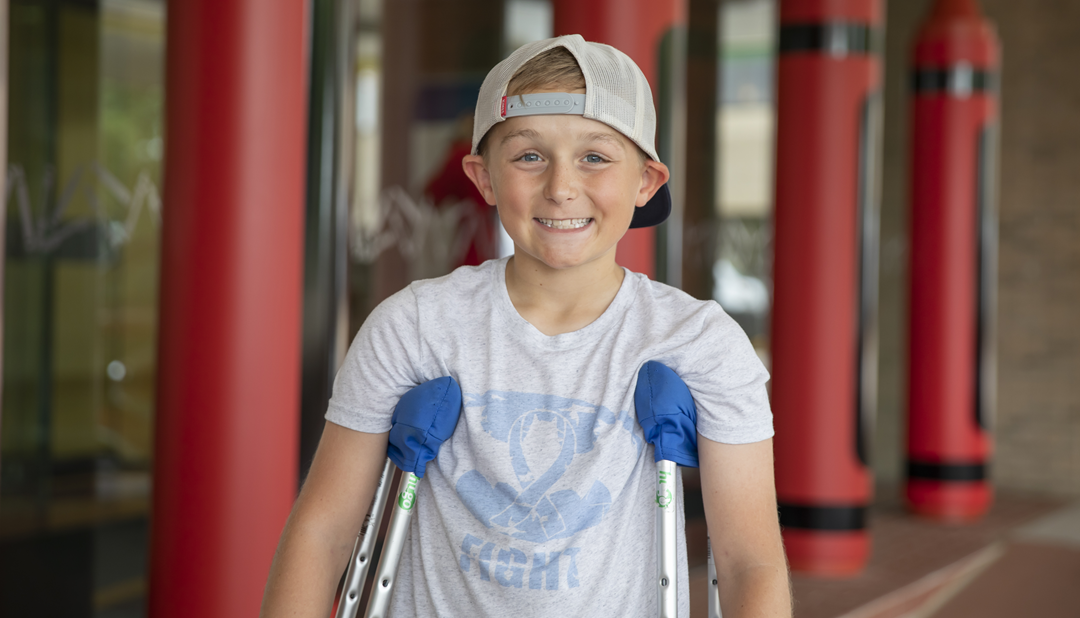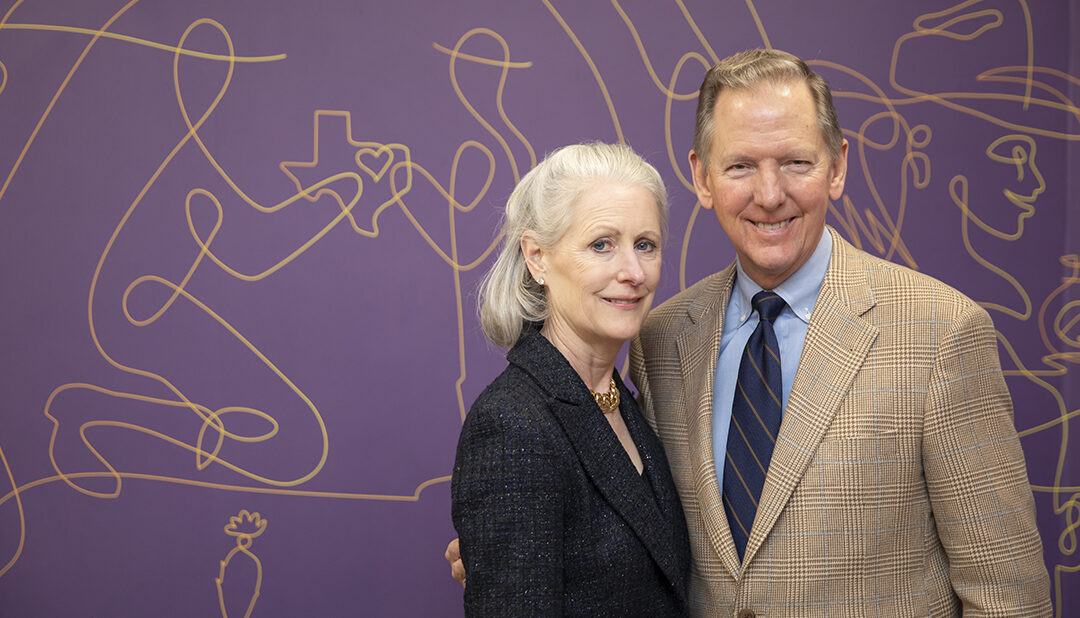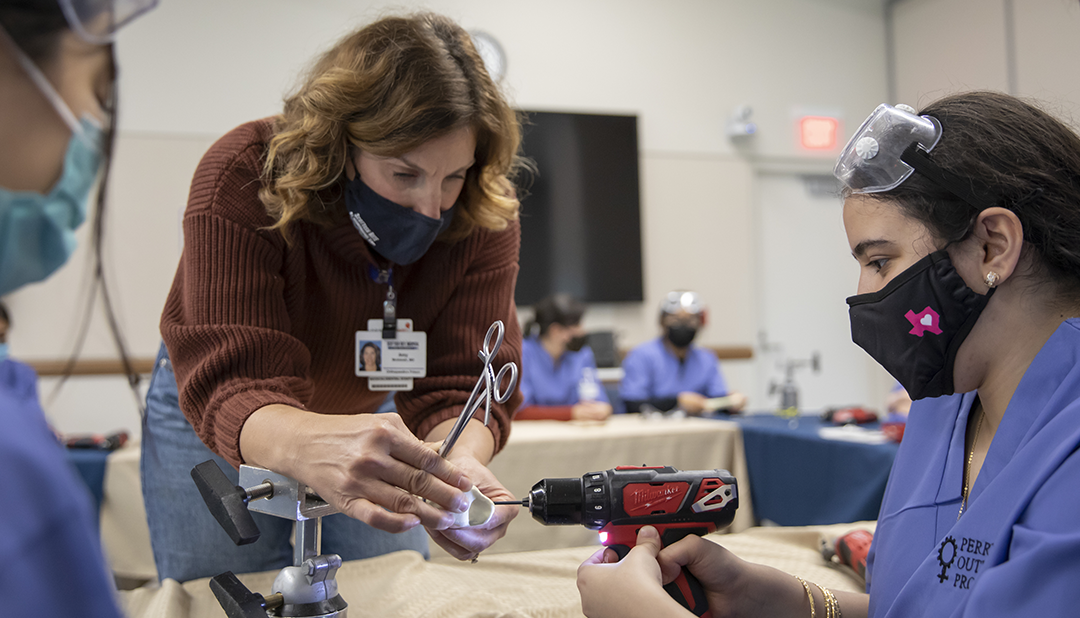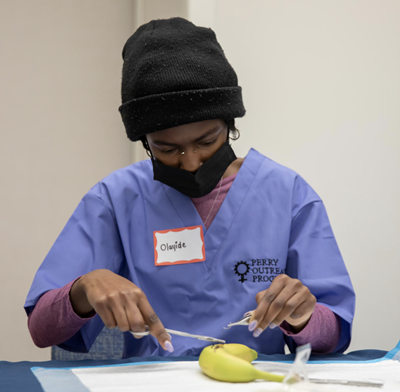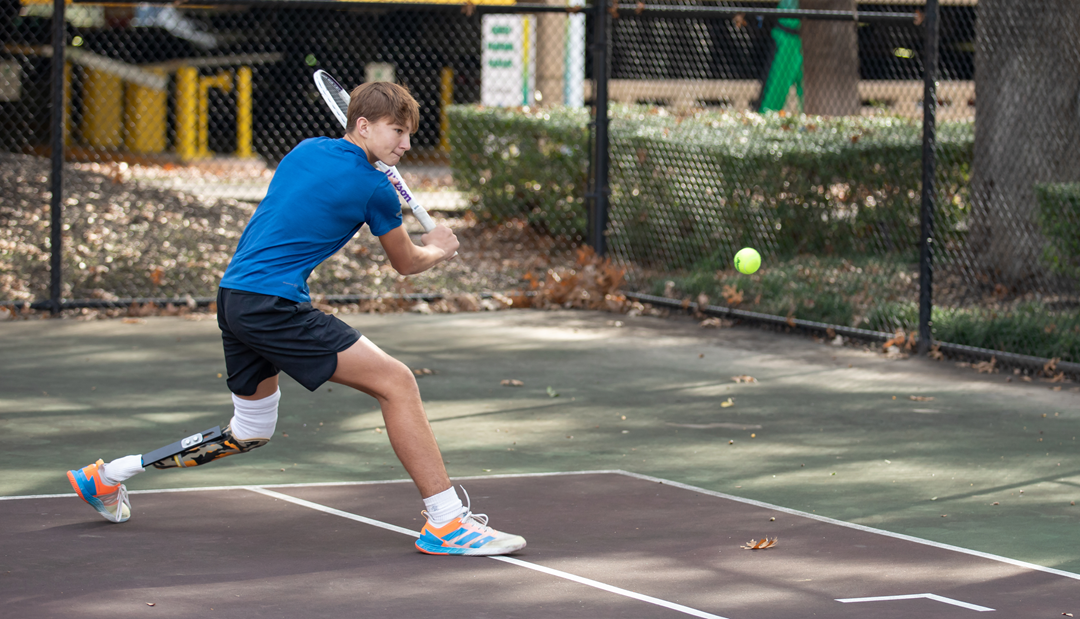
With Thanks for a Happy Place
Published in Rite Up, 2023 – Issue 1.
Troy Ratliff has supported Scottish Rite for Children for more than 20 years. He connected with the organization through his participation in the San Angelo Sporting Clay Shoot, an event that was established in 1998 to raise funds for patient care. “I just wanted to win a shotgun,” Troy says. “When Keegan was born, I realized what the shoot was all about.”
Troy and his wife, Wendy, live in Mason, Texas, and have three children — Jonnah, age 21; Keegan, age 15; and Cooper, age 13. Wendy was a teacher and a coach for 25 years and now owns Hilltop Tennis, where she gives private lessons to children. Troy is an entrepreneur in the electrical field and owns three companies, including Ratliff Electric, TW Compressor Company and Dynamo Rentals, a generator rental business.
When Wendy was pregnant with Keegan, they discovered at her 4D ultrasound appointment that something was wrong with his leg. An orthopedic surgeon in Midland diagnosed Keegan with fibular hemimelia, a condition in which the fibular bone had stopped growing in his left leg. “Keegan didn’t have a foot,” Wendy says. “It was like a sack. You could feel where the toes had tried to develop, but they never did.”
“We were pretty much devastated,” Troy says. They were referred to Scottish Rite for Children, and when Keegan was 2 months old, they traveled to Dallas for his first appointment. “We took Keegan to the waiting room and saw wagons with kids with no arms and no legs,” Troy says. “When we got into the room, we broke down crying.”
“Scottish Rite is very touching,” Wendy says. “They cater to the kids, and no matter what their disability, they all seem happy. It was eye-opening, a wake-up call.”
The Ratliffs met J. A. “Tony” Herring, M.D., now chief of staff emeritus, who evaluated Keegan and explained the treatment options. They could reconstruct his leg, but that would require many surgeries throughout his childhood with no guarantee of how functional his leg would be. The other option was to amputate.
Through Scottish Rite’s Peer Support Program, the Ratliffs met a patient from El Paso who had a prosthetic leg. “Looking back, the kid explaining how normal of a life he had was the turning point for me,” Wendy says. “It was a breath of fresh air, like everything was going to be okay.” The Ratliffs went home and made the decision to amputate. “I felt like amputating would allow Keegan to be a kid,” Wendy says.
When Keegan was 10 months old, Dr. Herring performed the amputation. On Keegan’s first birthday, he got his first prosthetic leg complete with his favorite superhero. “He got his Batman® leg,” Wendy says, “and within 30 minutes, he was walking on it.”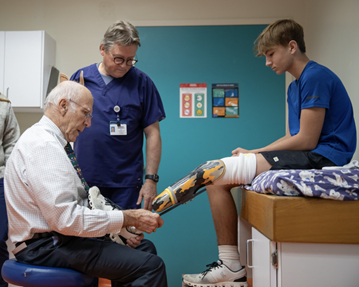
Throughout his life, Keegan has received care from Dr. Herring and prosthetist Don Cummings, director of prosthetics. “For the first two years of Keegan’s life, I didn’t know Don had two prosthetic legs,” Wendy says.
Cummings lost his legs below the knees to bacterial meningitis when he was a freshman in college. “One day, we were building Keegan’s leg, and Don was trying to explain legs to us,” Wendy says. “He goes, ‘let me show you this one,’ and he throws up one of his legs. Then he says, ‘or my other one.’ It’s so cool that he has prosthetic legs because he knows how it feels. He can truly relate to Keegan.”
Keegan recalls having had 16 or 17 prosthetic legs as he has grown. Depending on the activity, he has worn different types. When he ran track and cross country, he wore a running blade designed primarily for sprinting. Now, he mostly wears a hybrid blade that has similar properties but includes a foot plate and foot shell, which allows him to wear various shoes. “With the foot shell, he was able to quarterback better,” Wendy says, “and he can cut better in football and tennis.” On his next leg, Keegan will display his school logo. “Anything you need, they’ll do it for you,” Keegan says.
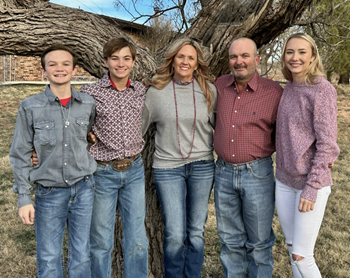
“The people at Scottish Rite are pretty special,” Wendy says. “Dr. Herring is always smiling. You can’t help but be happy around him. He always wants to see Keegan run. Every time he sees him, he says, ‘get out there and run for me.’”
“Seeing what Scottish Rite has done for Keegan,” Troy says, “I’m just fortunate enough to have the opportunity to give, and my favorite thing is to donate to Scottish Rite.” Not only does Troy continue to participate in the San Angelo Sporting Clay Shoot, but he also supports the event, as well as supporting the West Texas Golf Classic in Lubbock and Emi’s Color Shoot in Amarillo. All three events raise funds for patient care at Scottish Rite. Whether giving individually or through Troy’s companies, the Ratliff family has contributed more than $550,000.We are grateful for the Ratliffs’ generosity and the many ways that they have supported and promoted Scottish Rite for Children over the years,” says Stephanie Brigger, Vice President of Development. “It is wonderful to witness Keegan’s success and to know that the Ratliffs’ kindness will help other children succeed as well.”
Scottish Rite has been life-changing,” Wendy says.
It’s a safe zone for kids to be themselves and learn that they’re not alone,” Keegan says.
When you walk in the door, you don’t have a condition,” Troy says. “It’s just happy.”

